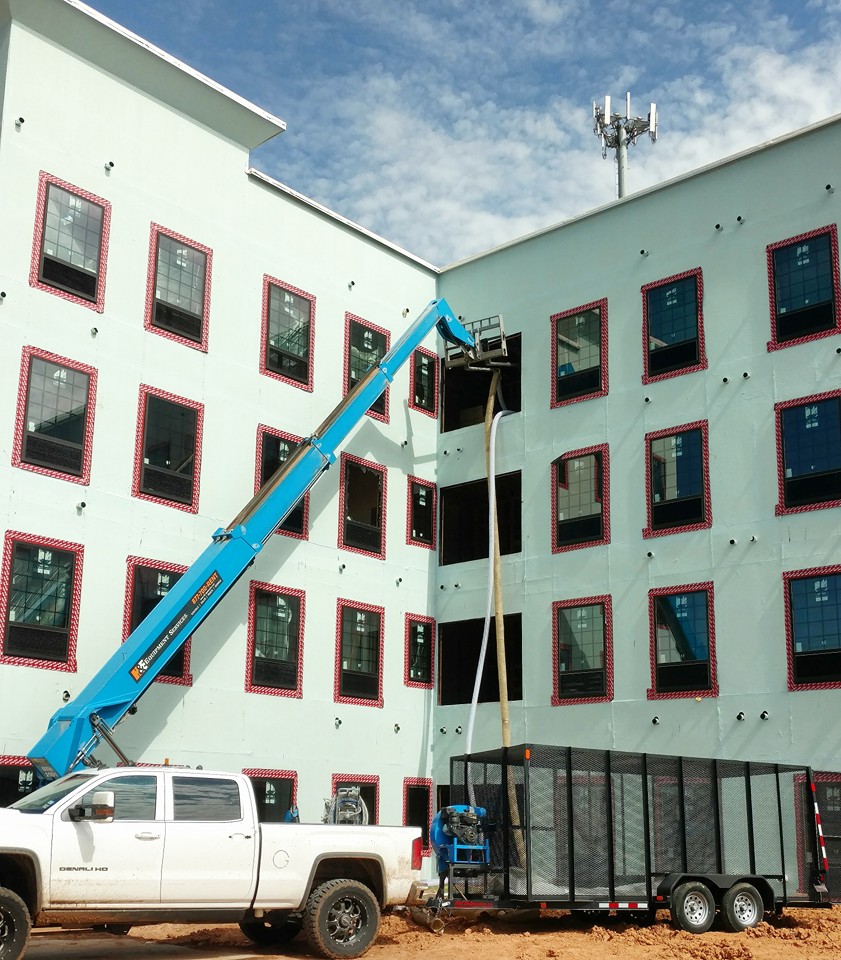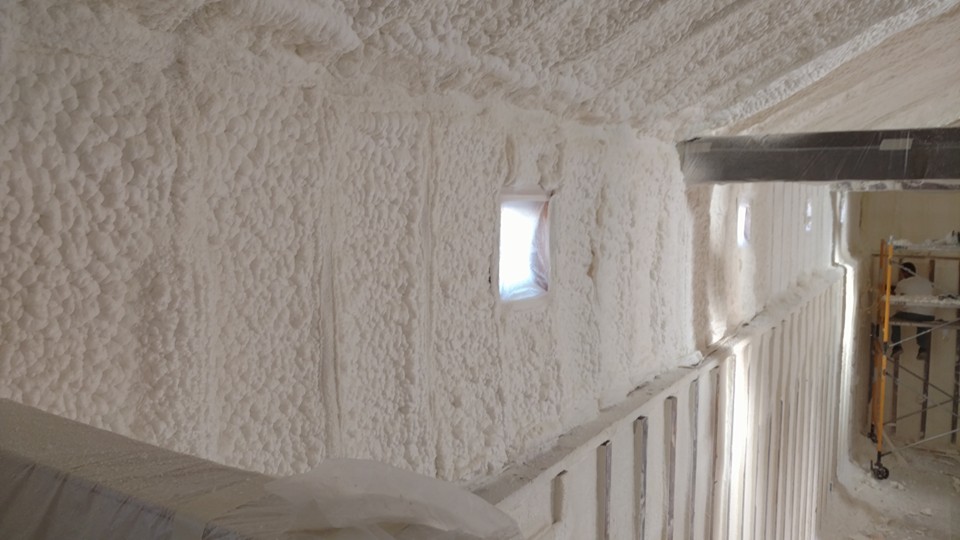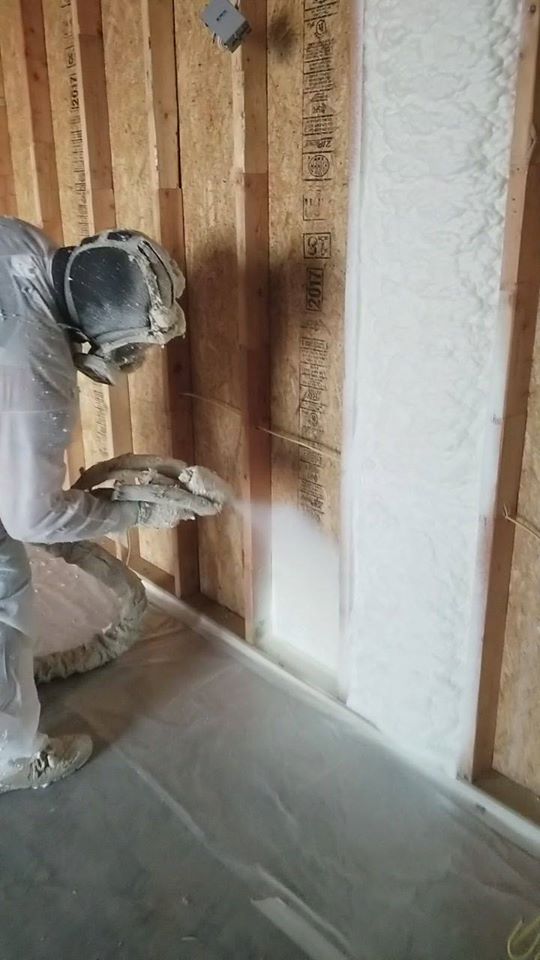GET A JUMP START ON YOUR NEXT PROJECT!
Spray Foam Insulation
Spray polyurethane foam (SPF) is an alternative to conventional building insulation that began being used as structural insulation in 1979. The two-component mix of isocyanate and polyol resin comes together in the spray gun, reacts when blended with each other, and expands approximately 30-60 times its liquid volume after it is sprayed in place. This expansion makes it useful for insulation because it conforms to the shape of the area being sprayed and produces a high thermal insulation R-Value with essentially no air seepage. Quick Foam Insulation is THE place for Spray Foam Insulation Lubbock.
Specialists In Advanced Insulation Products & Techniques
Residential Application
Spray foam insulation for both existing homes and new home construction.Advantages of Spray Foam Insulation
Traditional batt insulation can retain water and be potentially destructive to your house along with reducing the performance of the insulation. Water retention can be a factor that contributes to mold growth. Spray foam stays where it is sprayed, and does not settle, guaranteeing overall consistent efficiency.
Another factor is that conventional insulation can be dirty and can allow allergens and other toxins to enter your home which can set off allergies and breathing concerns like asthma. Lots of spray foams do not consist of damaging components that are harmful to the environment. Most fiberglass consists of formaldehyde and can be released as formaldehyde fumes into your house.
Where fiberglass and cellulose can be torn apart by bugs, and some even use them for nesting. Spray foam insulation for your home or business helps reduce the nests of pests. The most common locations for insects and bugs to get into a house is either through the crawl space and rim joist or through openings in the attic.
The ability of spray foam insulation to expand makes it more efficient at filling even the tiniest spaces or crevices. Due to the fact that spray insulation is a synthetic product that hardens, it does not allow bugs and rodents to enter the home through these areas. However, insects such as carpenter ants and termites have the capability to chew through spray foam insulation in some situations.
Insulation in your house will not resolve a current issue with pests, but it can help prevent insect problems in the future.
Foam insulation can cut down energy loss by as much as 30-50%. As the foam helps to seal up cracks, it stops pollen and dust from entering your house, reducing asthma attacks and other allergies.

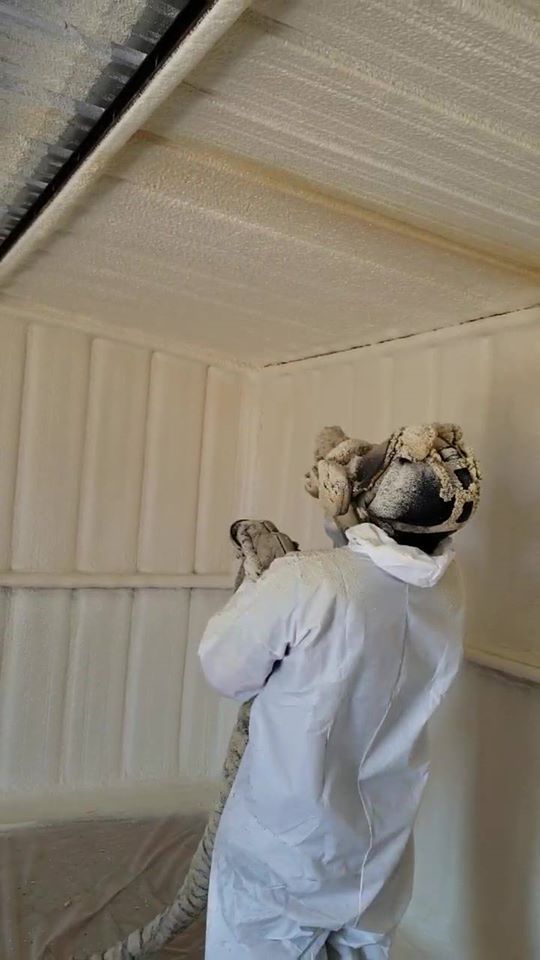
Another advantage is that spray foam doesn’t sag or settle, so will retain its insulation effectiveness over the years. This can help prevent external walls from freezing which can trigger concerns about the pipes inside them.
Rising heat is frequently lost through the roofs and vents of our homes, or through our chimney stacks. By spraying foam into the cracks and around the edges of the attic, we find that the heat is kept in more safely. Heat which is developed in other places that is transported by means of a fluid, such as water, or in our case, air. Spray foam insulation’s essential characteristic is the capability to air seal, producing a customized airtight envelope within the building structure.
Although closed-cell spray insulation foam has a greater per board foot cost, there are benefits that the material uses including:
- Ability to eliminate excess water (closed-cell foam insulation is acknowledged as a flood-resistant product by FEMA)
- Can be used at really low temperatures (as low as 5F)
- Higher wall racking strength and effective resistance.
- Higher R-value per inch and simpler to accommodate high R-value requirements in small spaces
- Lower vapor permeance (can be a Class II VDR)
Application Areas For Spray Foam Insulation
Spray foam is commonly utilized inside walls to assist keep them insulated. By spraying foam into the walls of a house, this can insulate approximately 300 times as more than a wall on its own. The spray foam expands substantially to fill the space. Either open-cell or closed-cell spray foam can be utilized in this case.
As garages are rather drafty, we end up losing a lot of heat through the garage. This heat rises in the garage, generally leaving through the garage ceiling. Utilizing spray foam up in the upper recesses of the garage ceiling and in any associated crawl areas will help to insulate the room and in turn, the home.
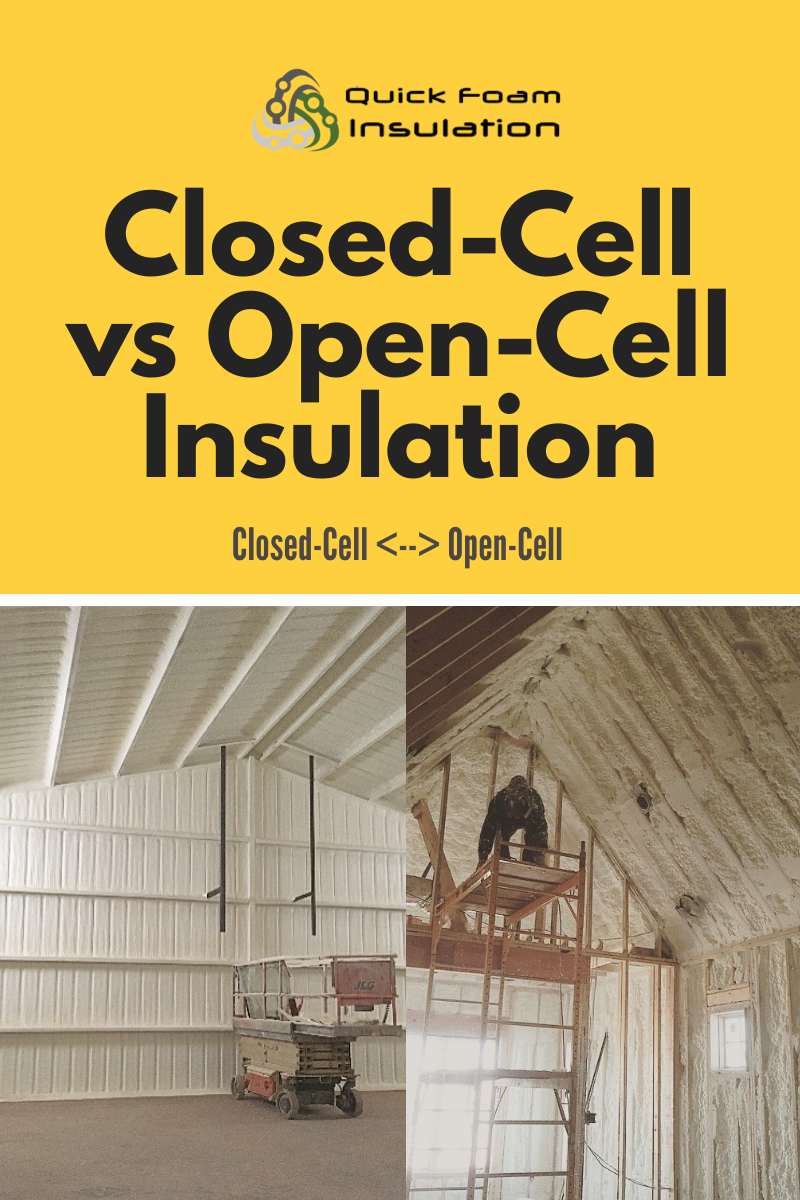
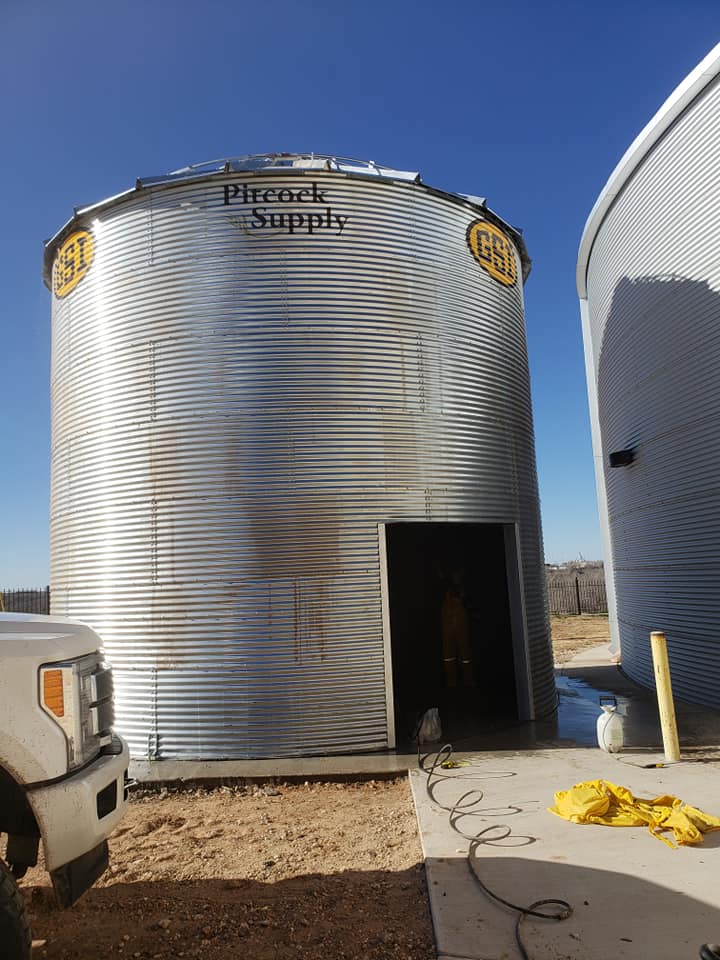
Closed-Cell vs. Open-Cell Insulation
Open-cell and closed-cell foam insulation are two different types of spray foam insulation, each with different strengths and weaknesses.
Closed-cell foam is the best choice for insulating where space is an issue. It can achieve twice the R-Value of open-cell inside a standard wall. Its rigid nature also helps with structural integrity. The closed-cell also acts as a vapor barrier, so water and moisture will be less likely to get inside the home or business.
Open-cell foam expands significantly after it has been applied. This means it’s more effective for insulating hard to reach nooks and crannies. These types of areas can be hard to insulate with closed-cell foam. Open-cell foam is also excellent for soundproofing where a single application can completely fill the area between studs.
Testimonials

Guys do really good work! They are our preferred foam company here at 7B Building and Development! They also leave the job site cleaner than when they arrived.
Quick Foam did an outstanding job on our 40×80 shop and storage shed. First-class job.

